
Review on 🛰️ High Sensitivity GPS Module NEO-6M for Navigation Satellite Positioning - Compatible with STM32 Arduino UNO R3 & 51 Microcontroller, Drone Receiver with IPEX Antenna by Ramon Hood

Ideal for use with Raspberry Pi. Be careful with Arduino!
This little device is great value for money. It appears to be using a real U-Blox chip under a metal can and white label. Most features of the U-Center software appear to work well. I connected mine to a Raspberry Pi 2 to create an NTP time server. The PPS connection offers an accuracy of tens of nanoseconds. To do this, the Raspberry Pi must be configured to receive a PPS signal on one of the GPIO pins. I used the "GPSD" and "NTPD" packages, which work fine with the device. Don't forget to connect to the TX and RX serial lines as the GPSD appears to update the time and other parameters allowing for a quick 'cold' correction when first powered up. A few words about power and levels. The module on the board works from 3.3 V! However, this board has a 5V > 3.3 volt regulator to allow for power delivery from the USB port. The Vcc pin is also connected to the input of the regulator. ***UPDATED*** The module can only be operated with 5V on the Vcc pin. The onboard voltage regulator does not work properly when the Vcc pin is connected to 3.3V. It seems to be working fine, but 3D stuck errors and other erratic operations are very common. Likewise. Running the board with 3.3V on the Vcc pin exposes the device providing the 5V power supply on its 3.3V output when the USB connector is connected to a computer to to program the board. Be careful. The TXD, RXD and PPS pins operate at 3.3V as the I/O high! Reading the datasheet at the link in the listing clearly shows that these interface pins are NOT 5 volt tolerant. This means that if you use a device (like the Arduino) that uses 5V as a logic "high" to connect to an input of that device (RXD), you are likely to damage the chip. This may work for a while, but it puts a load on the chip beyond the absolute maximum values. The PPS and TXD pins are outputs. So plugging them into a device that expects a 5V input won't cause any harm, but the data is very sensitive to noise. and corrupted data on the receiving device (e.g. Arduino). It seems to work fine, but you'd be better off investing in a cheap 5V <> 3.3V bidirectional level shifter chip for a few bucks if you want to connect to the Arduino. For the Raspberry Pi, however, the device is perfect in terms of voltage levels!
- Certified
- Cord is shorter than other picks
New products
Comments (0)
Top products in 🖥️. Single Board Computers
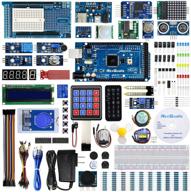
REXQualis Comprehensive Starter Kit with Arduino MEGA 2560 & Detailed Tutorial for Arduino IDE Compatibility

11 Review
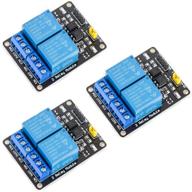
🌐 MCIGICM 2 Channel DC 5V Relay Module: Optocoupler Low Level Trigger Expansion Board for Arduino UNO R3, DSP, ARM, PIC, AVR, STM32, Raspberry Pi

11 Review
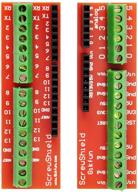
Gikfun Screw Shield Expansion Board: Enhance Arduino UNO R3 with the EK7007 Add-On

11 Review
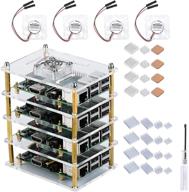
GeeekPi Raspberry Pi Cluster Case with Cooling Fan and Heatsink for Pi 4 Model B, 3 Model B+ & 3/2 Model B

11 Review
Another interesting products

Comprehensive 500pcs Laptop Screw Kit Set for 🔩 IBM HP Dell Lenovo Samsung Sony Toshiba Gateway Acer

12 Review
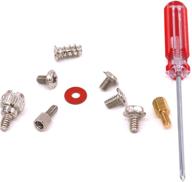
Glarks 660 Pieces Phillips Assortment Motherboard

10 Review
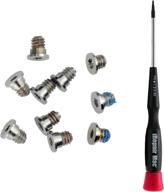
MacBook Retina 13-inch (A1425, A1502) and 🔩 15-inch (A1398) Bottom Case Screw Set with Pentalobe Screwdriver

11 Review
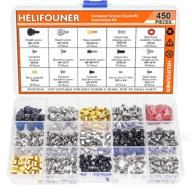
🖥️ Helifouner 450-Piece Computer Standoffs Spacer Screws Kit: Ideal for Hard Drive, Motherboard, Fan, Power Graphics & Computer Cases

10 Review

